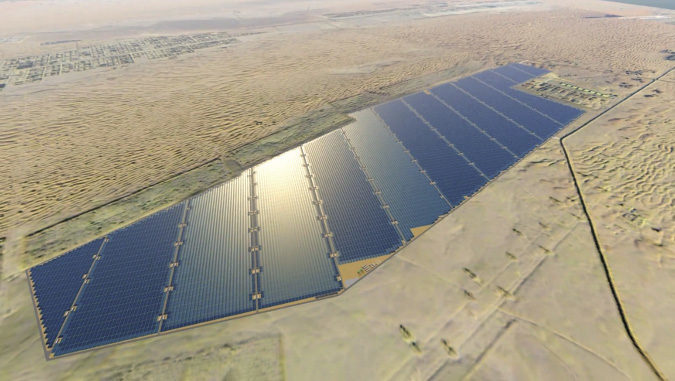There were few surprises when it came to the first-quarter figures released by solar giant JinkoSolar today – it’s all about high efficiency mono and production capacity.
The Jinko figures illustrated just how turbulent the global solar market has been since Beijing put a fly in the ointment with its 5/31 policy decision, with several metrics showing a marked improvement from the last three months of last year but well down on the opening quarter of 2018, when Chinese PV was booming.
Module manufacturer Jinko’s scale has ensured it is managing to accomplish a reasonably smooth transition to high efficiency production, although investments on a production capacity expansion typical of the Tier 1 Chinese players is having a marked effect on borrowings.
Plans to expand 10.5 GW of wafer production, including 6.5 GW of mono output, to 15 GW this year – 11.5 GW of it mono – hoisted the Shanghai company’s short-term borrowings up from RMB7.1 billion ($1.03 billion) in Q4 last year to RMB8.7 billion in the January-to-March period. But that’s not all the new production capacity bang Jinko will get for its buck. The manufacturer plans to increase module output from 11 GW to 16 GW this year and 7 GW of cell capacity to 10 GW, with the volume of PERC panels pumped out set to rise from 5.4 GW to 9.2 GW as the company switches almost entirely to the high efficiency option.
New factory nears
Jinko predicted more than 60% of its shipments this year will be high efficiency products, with $160 million secured in May to expand mono wafer and PERC output and with a 5 GW mono wafer fab in Leshan to run trial production this month ahead of operating at full capacity by October.
The motivation for the upgrade is clear with Jinko stating its high efficiency mono products are “continually in short supply”. That demand helped drive up gross margin to 16.6% in the first quarter, from 14.7% in the previous period and 14.4% in the same period of last year, although further reductions in production costs made a contribution, the company added.
Popular content
It made for a rare success story in an industry operating on ever thinner margins although the relief could be short lived if the latest price predictions from consultancy Energytrend come to pass.
First-quarter module shipments rose 16.1% to 3,037 MW from the previous quarter, and 50.7% year on year but revenue fell 24.6% from the last three months of last year, to RMB5.82 billion, although that figure was up 27.5% on the same period of last year.
Profit seesaw
That meant gross profit in the first three months of the year came in at RMB964 million, down from RMB1.13 billion in Q4 but up from RMB656 million by annual comparison.
Jinko is banking on high demand for the rest of the year in China, following recent policy announcements about grid-parity and subsidized solar in its homeland and is also hopeful of increased returns in the U.S. now bifacial modules have been exempted from Section 201 trade tariffs on Chinese-made modules.
And the manufacturer said it expects to ship 3.2-3.3 GW of modules during the current three-month period and 14-15 GW for the whole year as it aims to deal with interest bearing borrowings that have risen from RMB9.71 billion to RMB12.04 billion, quarter on quarter.
This content is protected by copyright and may not be reused. If you want to cooperate with us and would like to reuse some of our content, please contact: editors@pv-magazine.com.



1 comment
By submitting this form you agree to pv magazine using your data for the purposes of publishing your comment.
Your personal data will only be disclosed or otherwise transmitted to third parties for the purposes of spam filtering or if this is necessary for technical maintenance of the website. Any other transfer to third parties will not take place unless this is justified on the basis of applicable data protection regulations or if pv magazine is legally obliged to do so.
You may revoke this consent at any time with effect for the future, in which case your personal data will be deleted immediately. Otherwise, your data will be deleted if pv magazine has processed your request or the purpose of data storage is fulfilled.
Further information on data privacy can be found in our Data Protection Policy.